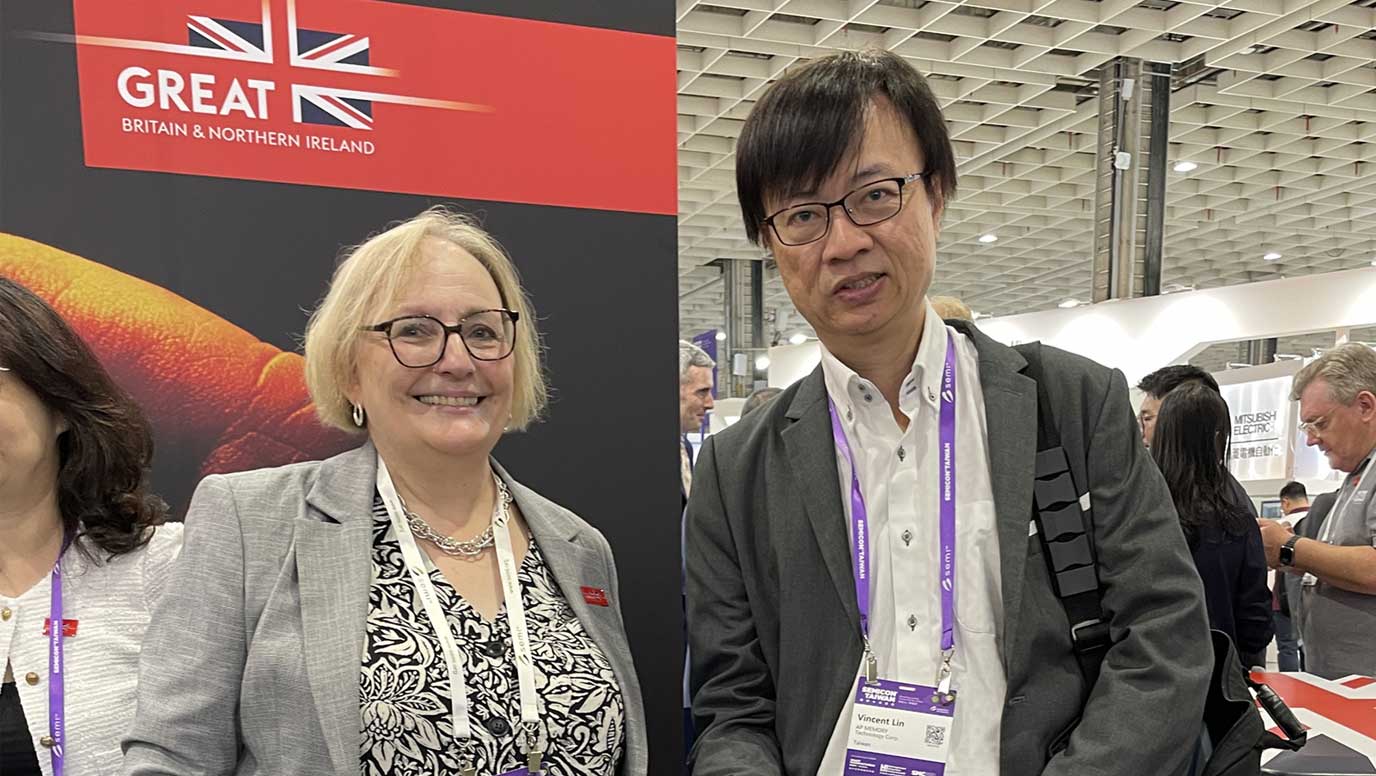Blueshift Memory funded for bilateral Taiwan tech roll-out

Anchored at the Hauser Forum, Blueshift Memory will work with AP Memory and Syntronix to develop next-generation 3D high bandwidth memory chips integrating Blueshift Memory’s innovative memory architecture (the Cambridge Architecture™).
Blueshift Memory says that it is recruiting up to 10 more engineers – both hardware and software – to meet its schedule for this project and will be expanding its presence at the Hauser Forum when they come onboard.
An additional NT$65 million (£1.57 million) is being invested in Taiwan, jointly by the Department of Industrial Technology and from private matched funding.
Blueshift Memory, AP Memory and Syntronix signed a joint collaboration agreement at the end of 2024 ahead of the formal commencement of the project on January 1, 2025.
The 30-month project, led by Blueshift Memory, is entitled ‘New high performance computer architecture implementation in high bandwidth memory and connect to AI and data-intensive applications.’
It will involve Blueshift Memory working in collaboration with the two Taiwanese manufacturers to develop a new version of AP Memory’s very high bandwidth memory (VHM™), integrating Blueshift Memory’s IP.
This latest Innovate UK grant follows on from Blueshift Memory’s successful Smart grant project, under which it developed a next-generation computer vision application on edge devices for the Internet of Things, based around the Cambridge Architecture.
“AP Memory is committed to driving innovation in IoT and AI, and establishing global partnerships is an important part of our strategy to deliver cutting-edge, competitive products,” said Wen Chen, CTO at AP Memory.
“Integrating the Blueshift Memory technology into our VHM product promises to further enhance its bandwidth and reduce energy consumption, thus increasing our chip’s competitive edge.”
Helen Duncan, CEO of Blueshift Memory, commented: “We are very excited about working with AP Memory and Syntronix on this project. Having already validated the performance of our architecture in FPGA, this partnership will allow us to demonstrate its potential in silicon in 2026 and will advance our roadmap by at least two years.
“We are grateful to the ongoing support of Innovate UK, who co-funded the initial development of our demonstrator, as well as our participation in two Global Business Innovation Programme (GBIP) missions to Taiwan.
“We also acknowledge the important role played by both the Department of Business and Trade and the British Office in Taiwan in helping us to develop these relationships.”
Innovate UK, the UK’s innovation agency, works in partnership with Taiwan’s DoIT to co-fund these collaborative research and development (CR&D) projects, focused on industrial research. The Innovate UK element of the funding is made through the International Science Partnerships Fund.

